Difference between revisions of "CartridgeCulture/To do"
From Sega Retro
m (→To do) |
|||
| Line 2: | Line 2: | ||
==To do== | ==To do== | ||
| − | |||
| − | |||
| − | |||
| − | |||
| − | |||
==Notable contributions WIP== | ==Notable contributions WIP== | ||
Revision as of 02:16, 5 January 2024
- Back to: CartridgeCulture.
To do
Notable contributions WIP
| Topic | Category | Description | Image |
|---|---|---|---|
| Game Factory | Hardware | A rewritable Sega Mega Drive cartridge service run by Blockbuster around late 1994, developed through a collaboration between Sega of America and NewLeaf Entertainment. A novel idea in the world of home rentals, the service was highly ambitious and critically well-received, but suffered from a number of problems and had its subsequent nationwide rollout eventually cancelled. | 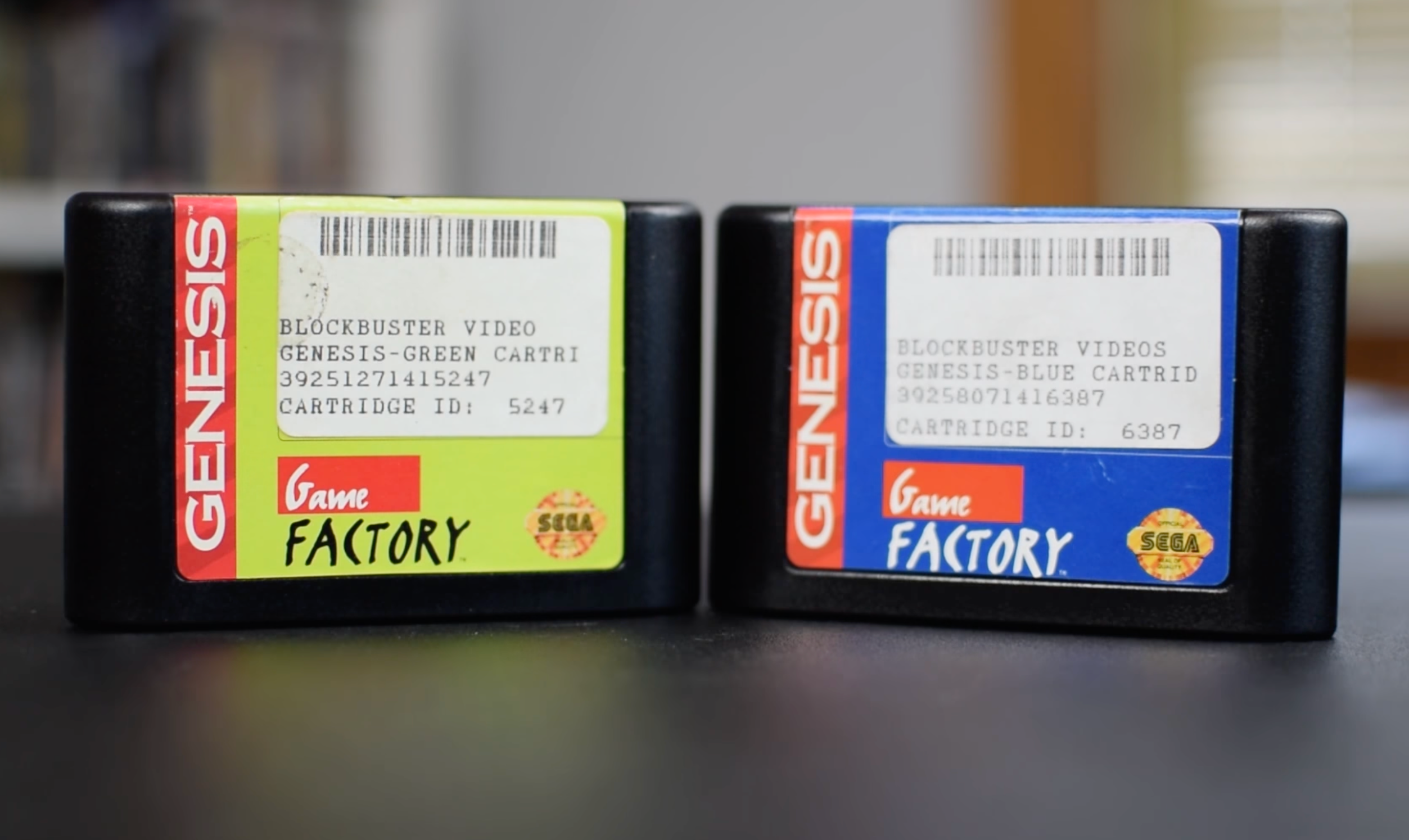
|
| HeartBeat Catalyst | Hardware | A third-party Sega Mega Drive exercise peripheral with included body-mounted fitness sensors which reads heart rate, motion, and skin salinity levels for in-game feedback. Developed by American video game hardware developer HeartBeat Corporation and primarily sold alongside the Personal Trainer, it was released exclusively in the United States in November 1993. Notable for having a production run of only 1,000 units, and sold with the exclusive pack-in game Outback Joey, both are considered some of the rarest pieces of Mega Drive history in existence.[1] | 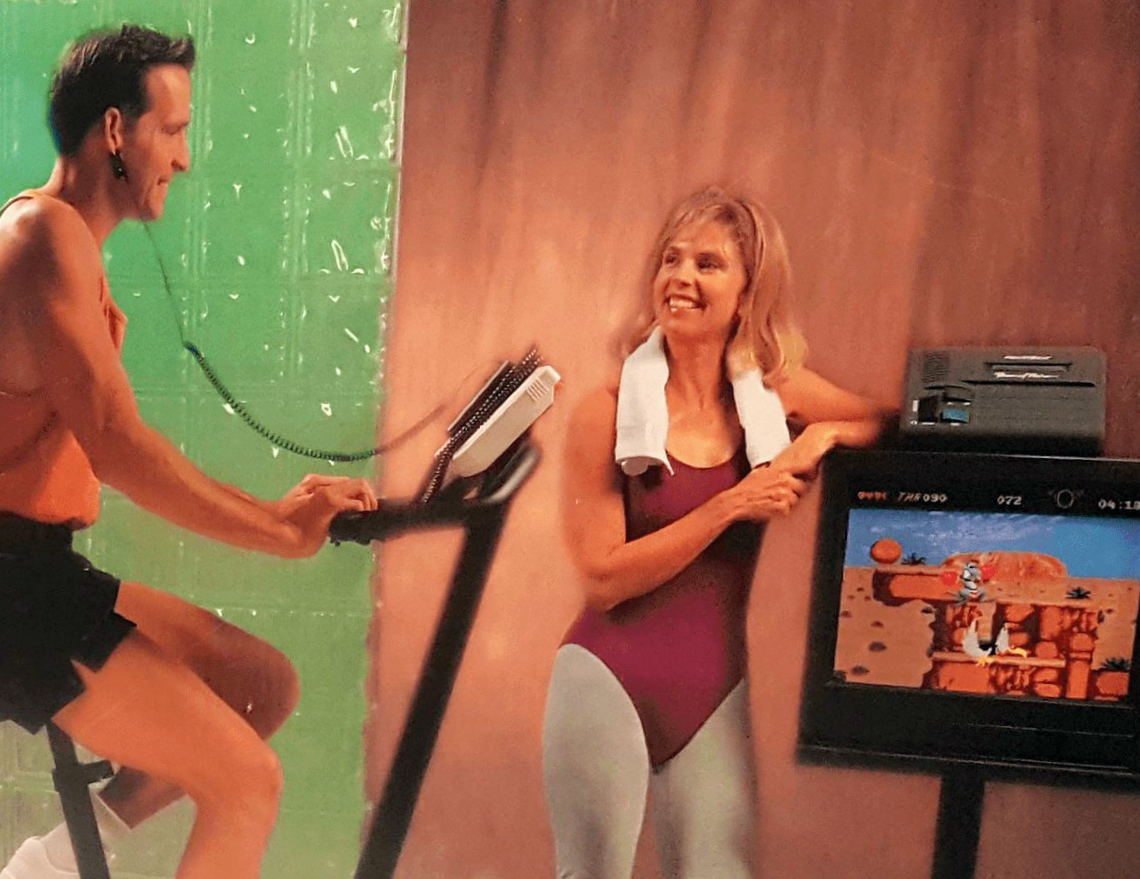
|
| LaserActive | Hardware | A video game-compatible LaserDisc player designed and manufactured by Pioneer. Released in Japan and North America in late 1993, the system features interchangeable hardware expansions known as PACs, which enable compatibility with Mega Drive and Mega-CD games, PC Engine and PC Engine CD-ROM² games, and a new type of LaserDisc-based format: Sega Mega LD and NEC LD-ROM². | 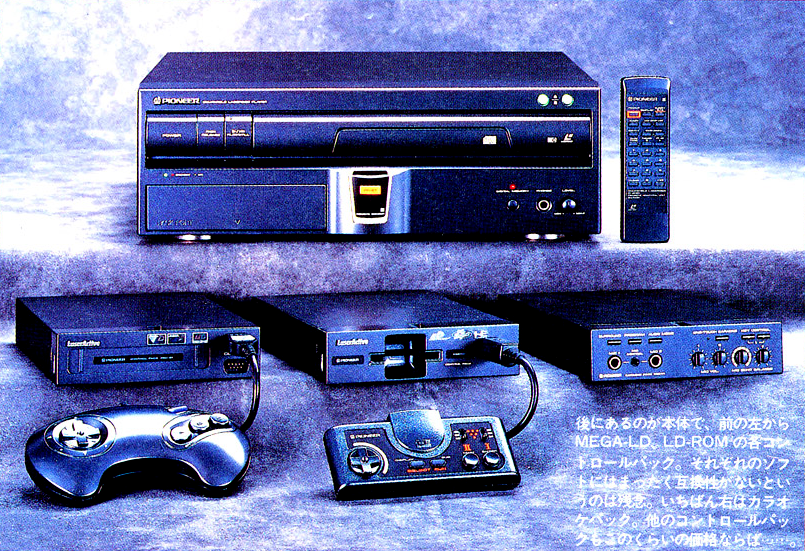
|
| Sega VR | Hardware | An unreleased virtual reality peripheral developed by Sega of America and Ono-Sendai for the Sega Mega Drive. Announced in 1991, the head-mounted display languished in development for a number of years, and was quietly cancelled around late 1994.[2] It is believed its cancellation was caused by technical challenges and safety concerns with the then-embryonic concept of virtual reality. | 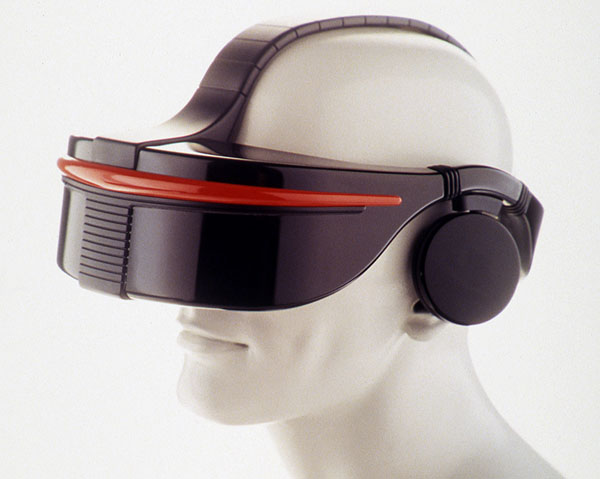
|
| Teleplay System | Hardware | An unreleased Sega Mega Drive modem developed by Baton Technologies. Originally intended for a January 1993 launch[3] (later pushed back to May[4][5], then August[6]) with a suggested retail price of $69[3] (later increased to $90[7]), the Teleplay's primary selling point was its support for cross-platform multiplayer between Genesis, NES, and SNES owners, as well as providing downloadable games and content as supporting services.[3] Ultimately, issues acquiring official development licenses and Sega of America's attraction to its primary competitor - AT&T's Edge 16 - resulted in the virtually-completed accessory being scrapped entirely.[8] | 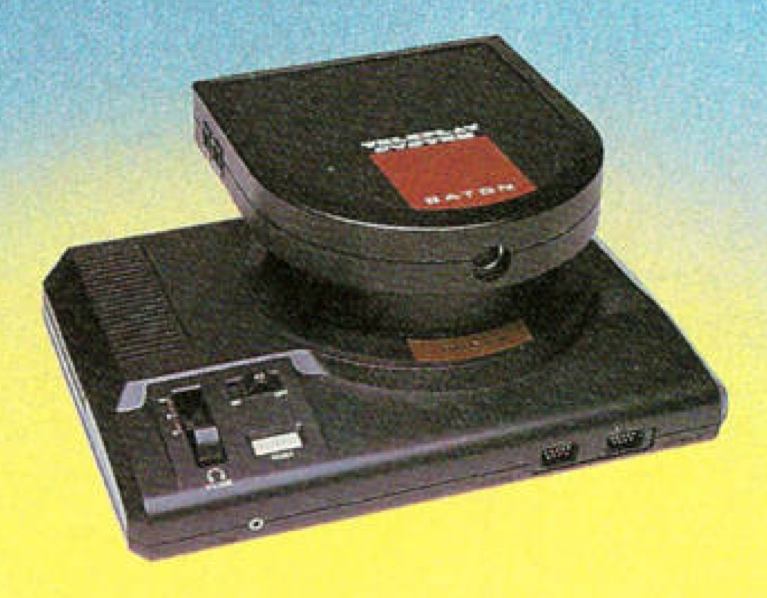
|
| Toylets | Hardware | An interactive urinal video game system developed by Sega R&D1[9] and manufactured by Sega. Initially seeing a limited release in Japan in October 2011[10], the hardware is one of Sega's more curious endeavors, featuring interactive minigames controlled via the strength and direction of the user's urination. | 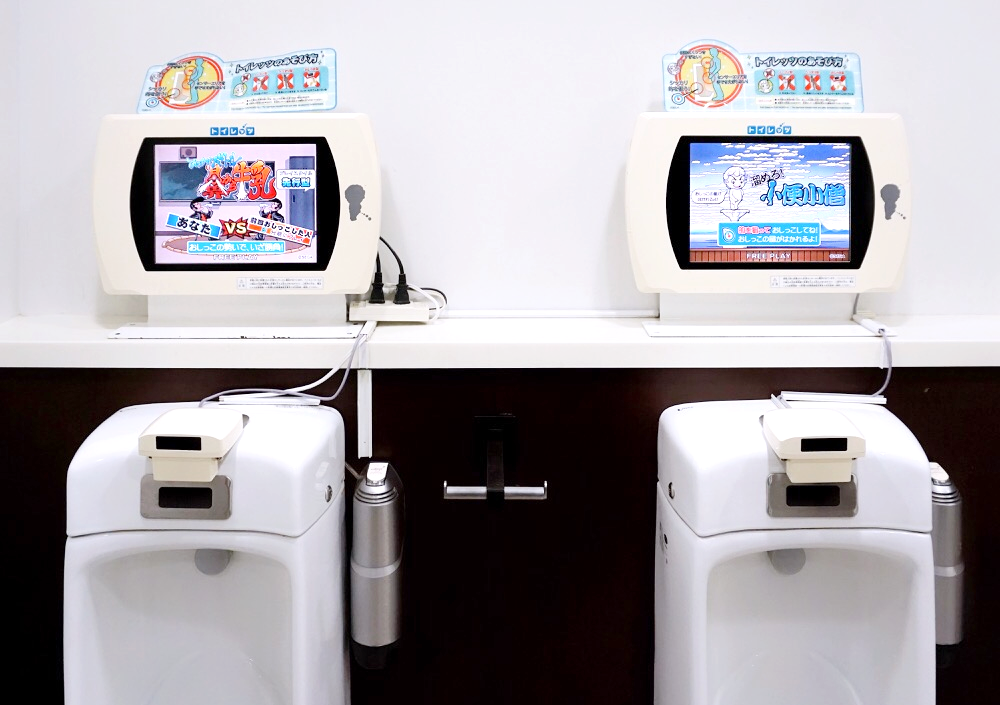
|
| Car Licence | Software | A Sega Game Gear traffic code education program developed by System Vision and For You[11], and published by Nayuta.[12] Released exclusively in Japan in 1995, it was produced to assist players in passing their Japanese driving exams, and was generally available for rent through Mitsubishi Chemical Corporation-supported driving schools.[13] | 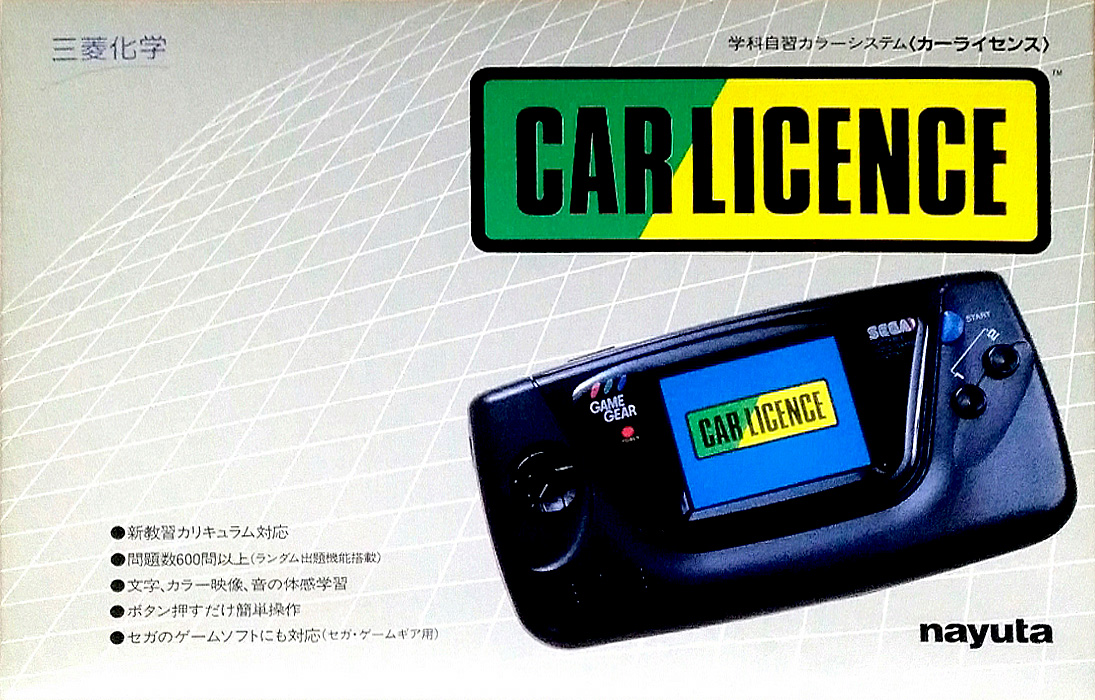
|
| Divine Sealing | Software | An unlicensed adult Sega Mega Drive vertical shoot-'em-up game developed by Studio Fazzy[14] and published by CYX. Released in Japan in May 1992[15], the game is most notable for being one of few contemporary unlicensed games to be exclusively developed and published domestically, and was one of the first unlicensed Mega Drive titles ever released.
Sold at a premium price of ¥9,800[15] (the equivalent of about $85) and with notably high production values for the early unlicensed market, Divine Sealing is most remembered today for its post-level cutscenes, presented with professionally-drawn hentai artwork - and used to incentivize progression with the tease of increasingly adult images. |
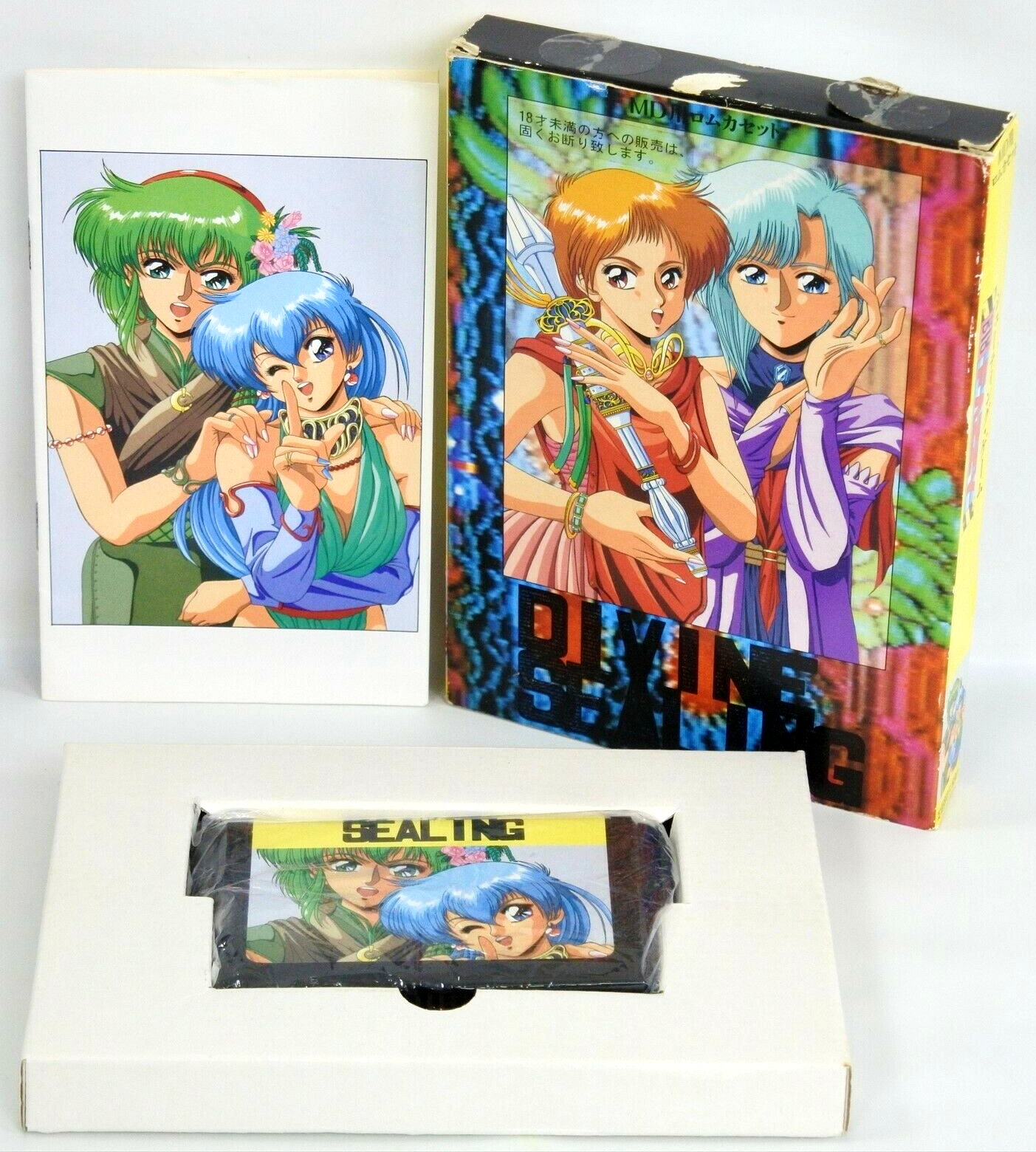
|
| Nightmare Circus | Software | A Sega Mega Drive action beat-'em-up game developed by Funcom.[16][17][18] Beginning as an experiment by Sega of America to finish a game's design before development had even begun[19], it was originally scheduled for a North American release in Autumn 1995[20] (later pushed back to December 1995[21], and then again to April 1996[22]), but issues during development and the dwindling lifespan of the Genesis resulted in Sega backing out of the project. While left unfinished from a design standpoint, the game was stable enough on a programming level to be technically completable; eventually it was picked up for the Brazilian market by Tec Toy and saw an official boxed release there in June 1996. Six months later, Nightmare Circus did eventually see a North American release, broadcast via Sega Channel[23][24] in both the United States[25] and United Kingdom[26] as one of the system's more notable downloadable exclusives.
Boasting a complete lack of player direction or any indication on how to proceed, a highly complex but largely unexplained control scheme, and a notable amount of unfinished content, Nightmare Circus has become known for its modern reputation as one of the worst video games ever released. However, it also boasts a significant amount of well-considered features and a level of very visible passion that, while presented with striking inconsistency, instead notions its faults to the result of a development cycle cut short[27] - and the subsequent commercial release of a game that was almost-but not quite finished. |
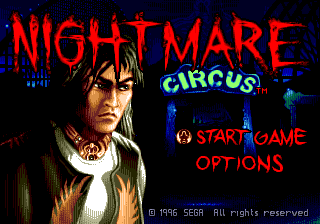
|
| Outworld 2375 AD | Software | A Sega Mega Drive fitness science fiction driving game developed by Western Technologies[28] and published by HeartBeat Corporation. Specifically designed to utilize the fitness sensor-integrated Mega Drive peripheral HeartBeat Catalyst[29], it was released exclusively in the United States in 1994 in an extremely limited run, and is one of the single-rarest commercially released Mega Drive games in existence.
Currently known to have been reached store shelves in some capacity, the obscurity of Outworld 2375 AD had left its official release status shrouded in mystery for decades. While Western Technologies developers claim the game was completed but left unshipped, multiple collectors own boxed copies of the final game, with HeartBeat having given it a last-minute, barebones physical release locally distributed to three Target stores in Michigan in late 1994. |
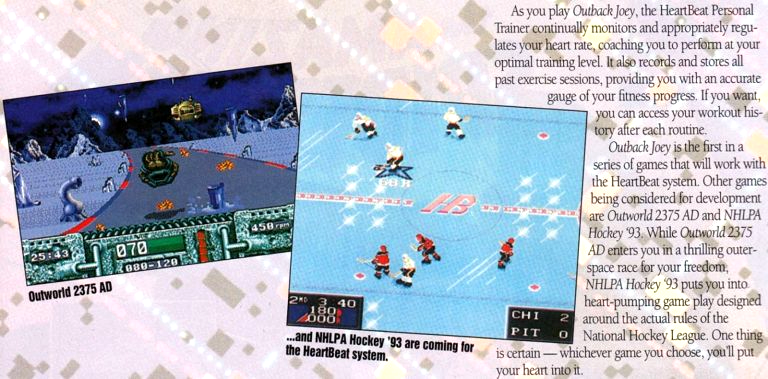
|
| Sonic Dreams Collection | Software | 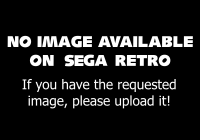
| |
| Sonic Saturn | Software | 
| |
| Sonic Studio | Software | 
| |
| Chris Tang | People | An American video game designer and former Tengen and Capcom designer, translator, and voice actor. Notable for his involvement in the design of the Sega Mega Drive games Gauntlet IV and Rampart[30][31], and for winning Sega of America's Rock the Rock competition[32][30], Tang remains active in the video game industry and is currently developing the upcoming rail shooter Strike Blazinger.[33]
Tang also commentates a number of gaming competitions, and is the originator of the meme Boom Tetris for Jeff.[34] |
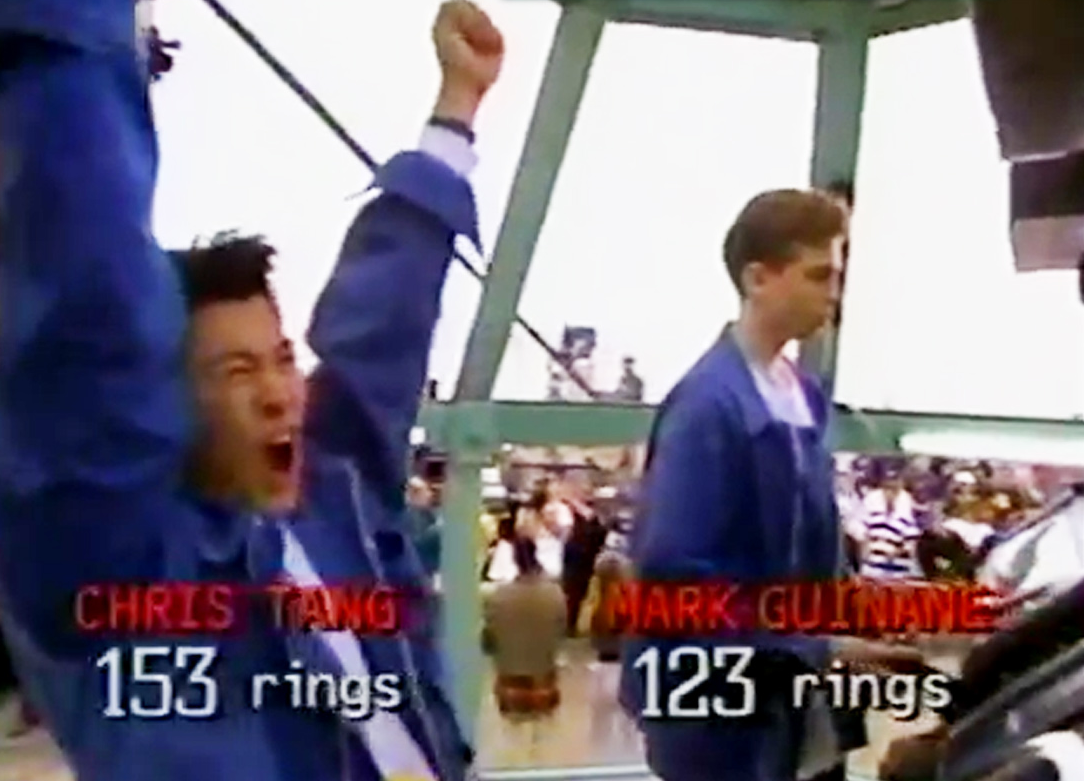
|
| Christina Coffin | People | An American video game programmer, software engineer, and visual effects artist.[35] With a vast wealth of programming experience dating back to the early 1980's, she was first hired by Sculptured Software in 1994, eventually migrating to Sega Technical Institute one year later. Serving as the division's Technical Director, she oversaw the production of a number of Sega of America's Saturn projects, even working on the system's Western development hardware.
Coffin is perhaps most associated today with her "boss engine" from the cancelled Sonic X-treme, for which she developed one of the game's few instances of a playable framerate. While she departed Sega in 1998, Coffin remains active in the video game industry and currently specializes in rendering, optimization, low-level programming, and visual effects.[36][35] |
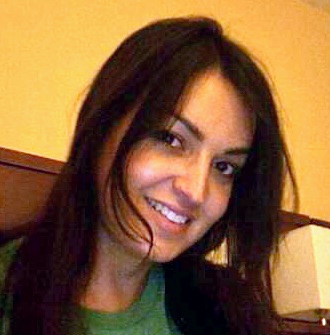
|
| David Javelosa | People | An American musician and former Sega of America audio director, composer, and sound designer.[37] An accomplished early electronic artist, he first began working with Sega as a contractual consultant in October 1989[38][39], and was soon tasked with providing the music for some of the company's earliest domestic Genesis releases. He would eventually be hired full-time in 1992[37] and quickly became head of the newly-created Sega Multimedia Studio.[40] His responsibilities covered the management of Sega's audio production capabilities[38], the hiring of talented musicians to support the Sega CD, and working with Sega-licensed developers to provide support for the company's audio development tools.[41] During this time, he also composed music for the Sega Channel, as well as the first revision of the North American Sega CD BIOS.[42][43]
After departing his full-time position in 1994[37] and leaving his consultant position with Sega two years later[38], he remained active in the game industry as a freelance composer and audio director. In September 2001, he became a Professor of Interactive Media at Santa Monica College - a position he remains in to this day.[37] He also runs the independent music label Hyperspace Communications, which specializes in releasing electronic, new wave, and game music on vinyl records[41][44], and still creates FM synthesis to this day. |
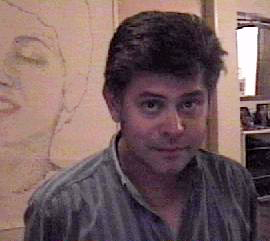
|
| Fergus McGovern | People | An English video game executive and founder of Probe Software, most known for his various contributions to both the British and American game software industries, and for his titular inclusion as a fatality in Mortal Kombat II - the Fergality. | 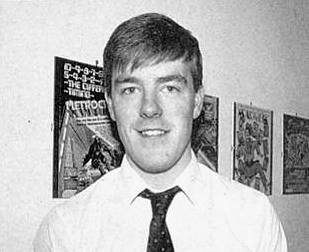
|
| Jamie Bunker | People | An American businessman[45] and former Renovation Products game tester and spokesperson[46], most notable for starring in a well-remembered 1991 advertising campaign for the Mega Drive horizontal shoot-'em-up Gaiares. | 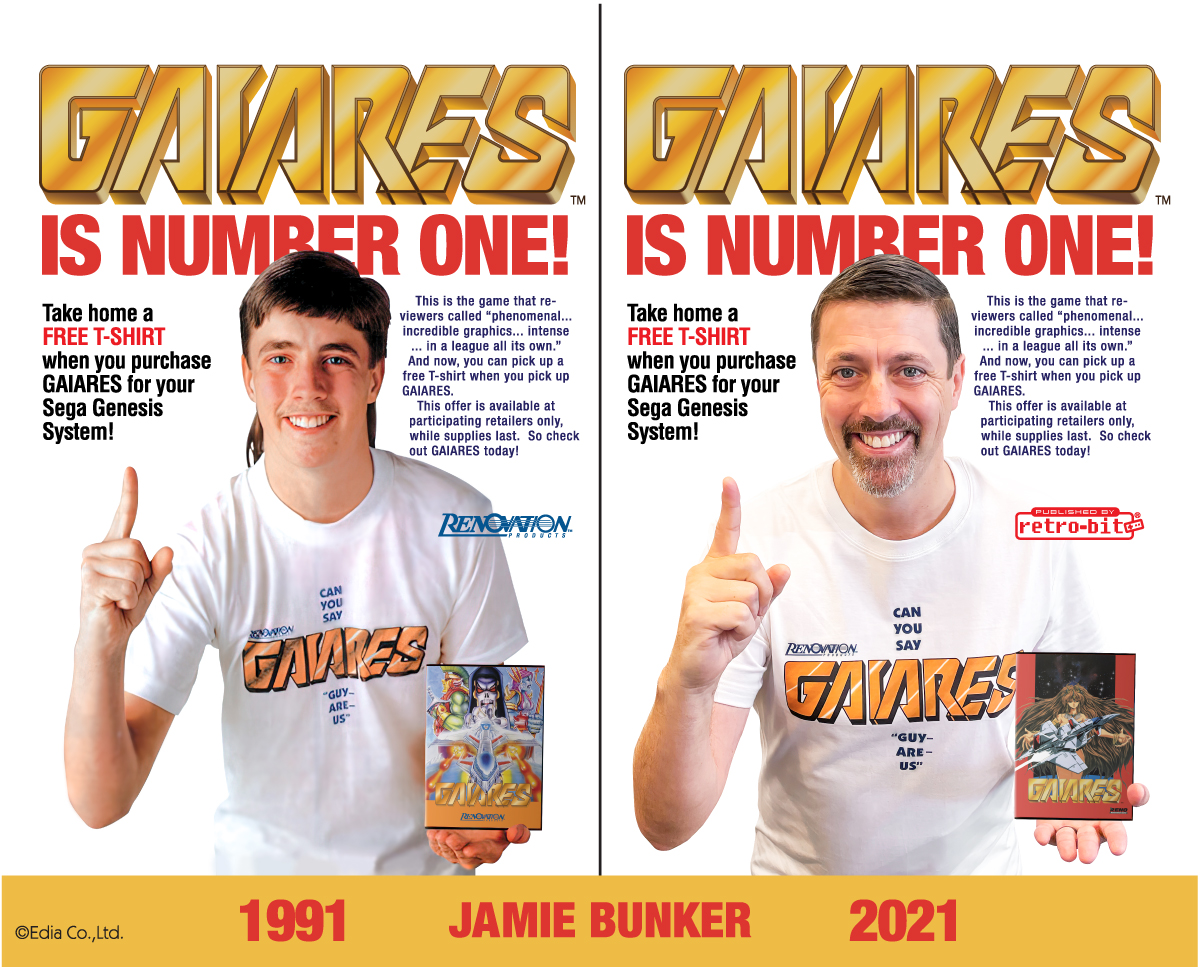
|
| Jon Burton | People | A British video game programmer and designer, most notable for co-founding and currently serving as Director of developer Traveller's Tales. Having accumulated a considerable amount of programming talent through his technically-impressive Sega Mega Drive games, Burton designed and programmed a number of first-party Sonic the Hedgehog games, and currently runs the YouTube channels GameHut[47] and Coding Secrets.[48] | 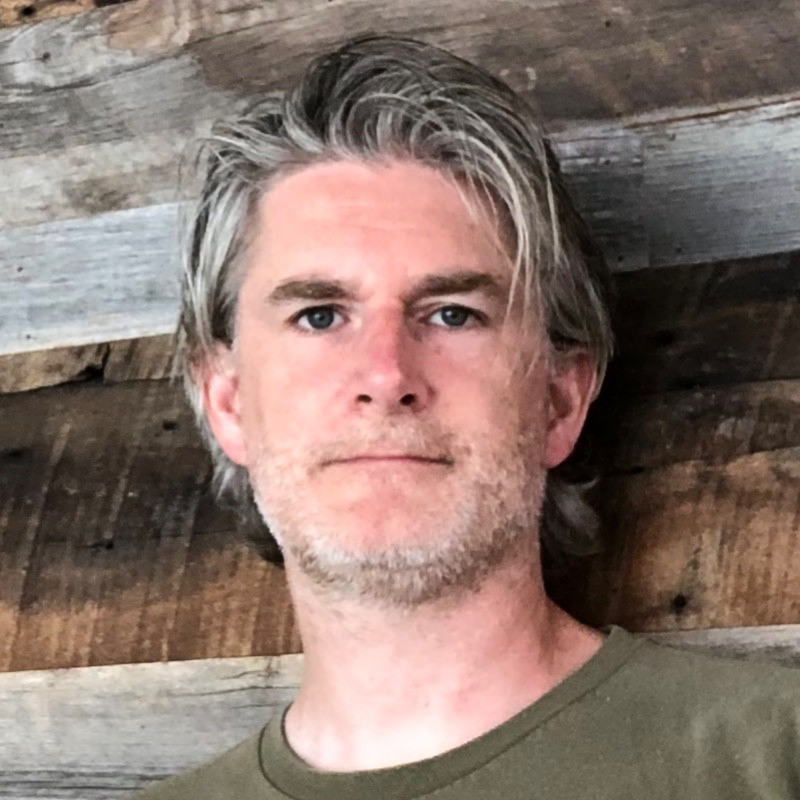
|
| Michael Jackson | People | An American singer, songwriter, and dancer. Regarded as one of the most significant cultural figures of the 20th century, and one of the world’s most successful recording artists, Jackson collaborated with Sega on the production of several video games, most notably Michael Jackson’s Moonwalker[49][50][51] and Sonic the Hedgehog 3. | 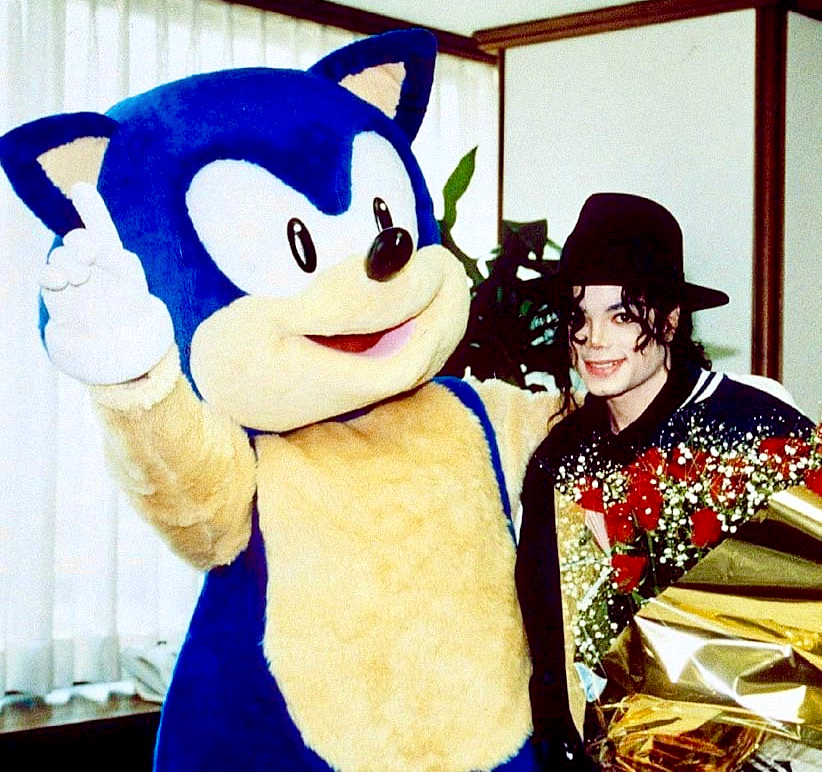
|
| Olympia | Groups | A joint venture established by Sega Enterprises and Taito to manufacture and sell the Olympia Star slot machine, bringing a form of legalized slot gambling to Japan and laying the foundations for the future medal game industry.[52] | 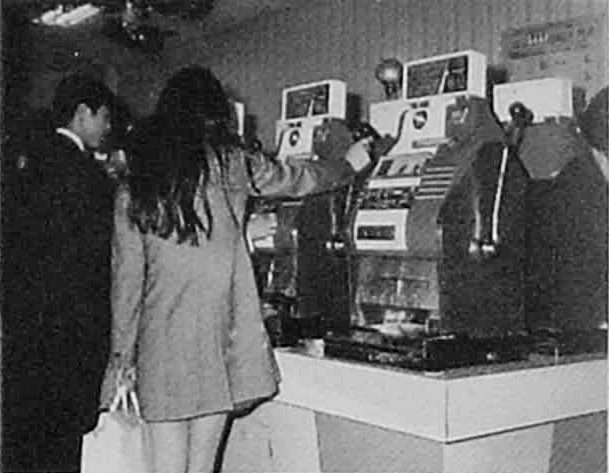
|
| Rocket Science Games | Groups | An American game developer based in California's San Francisco Bay Area. Active from 1993 to 1997, the company generated a significant amount of hype with their Hollywood-style production and celebrity development team. With near-limitless investment from Silicon Valley venture capital funds, and staffed by very few who understood video games, Rocket Science Games spent millions of dollars in the production of expensive "interactive movies" - only to see their games sell less than a few thousand copies each.
After this failure, the company spent the next year languishing in financial issues, and in late 1996 would end up being virtually acquired by SegaSoft. While Rocket Science's later titles did see moderately more success, their performance was still far below expectations, and the developer would be forced to close its doors in April 1997. |
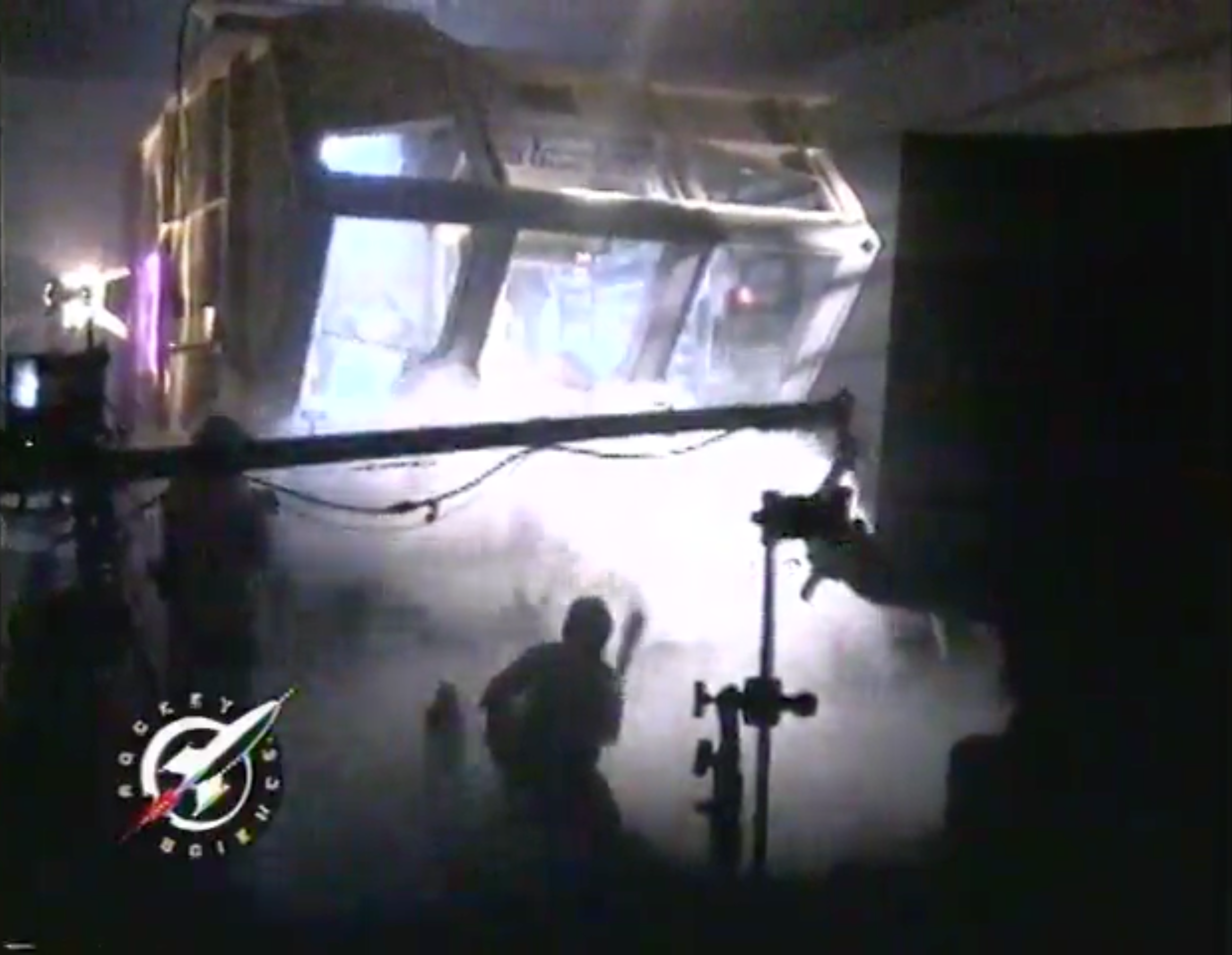
|
| Sega Girls Task Force | Groups | An internal Sega of America video game production team established to both address the issue of then-limited female participation in video gaming, and research the viability of games developed with a female audience in mind. The team was directly involved with the production of three Western-developed Mega Drive games, and advised a number of third-party studios on issues of inclusion and accessibility. | 
|
| Sega Technical Institute Burbank | Groups | A satellite studio of Sega Technical Institute headquartered in Burbank, California and staffed by Peter Morawiec, Adrian Stephens, and Howard Drossin. Established in early 1996 to work on a potential 3D entry in the Sonic the Hedgehog franchise, it was responsible for the Saturn games Comix Zone and Sonic Saturn[53], but political issues within Sega resulted in the permanent shelving of all the studio's projects in mid 1996.[54] While asked to remain in operation to support the launch of the Dreamcast, the staff ultimately closed the studio in December that year, with all three founding Luxoflux[55] the following month.[54] | 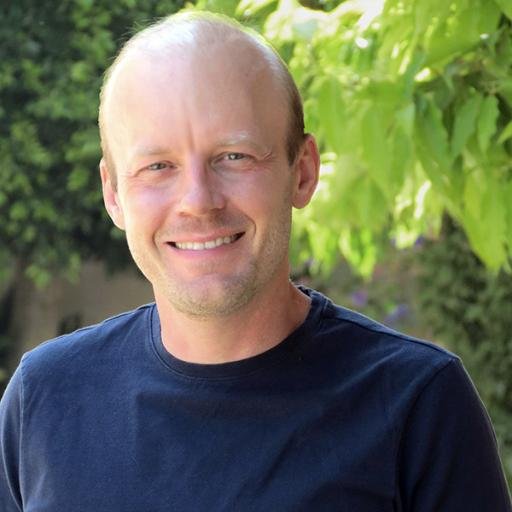
|
| Sonic Studio | Groups | A division of Sega of America dedicated to handling the Sonic the Hedgehog franchise.[56] Headed by Chief Brand Officer and Sega of America Senior Vice President Ivo Gerscovich[56], and managed by Sonic Team veterans Takashi Iizuka and Kazuyuki Hoshino[57], the studio ensures the brand is presented consistently[56], handles marketing, merchandise, and press releases[56], and has a significant hand in the planning of new Sonic the Hedgehog games.[57] It also produced the award-winning television series Sonic Boom.[56]
While the studio employs its own producers and artists, Sonic Studio does not develop video games[57] - with the sole exception of 2023's The Murder of Sonic the Hedgehog. |

|
| Endorsements | Miscellaneous | A list of official endorsements of Sega products by notable individuals, such as Joe Montana or John Madden. | 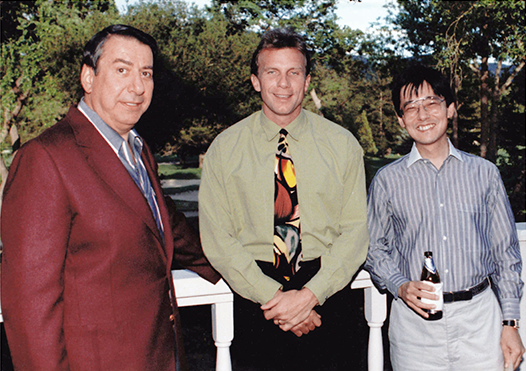
|
| Gambling | Miscellaneous | 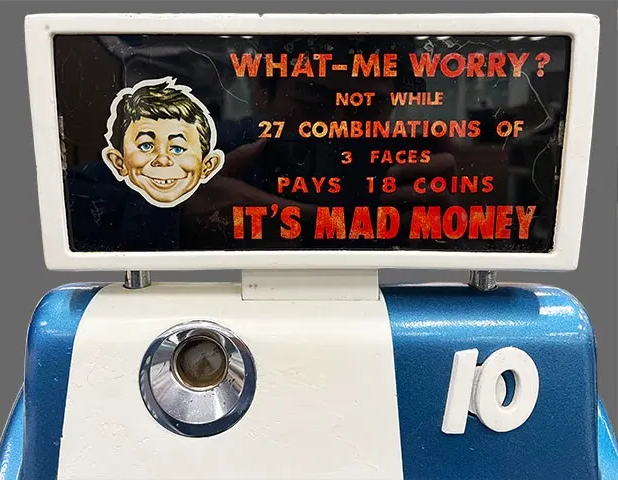
| |
| Kids Go HoJo with Sega | Miscellaneous | A Sega of America-sponsored advertising campaign for the American hotel/motel chain Howard Johnson's, produced by Californian marketing firm Strottman International[58] and run during the summers of 1993, 1994, and 1995. As one of the first promotions in the hospitality industry to so prominently combine licensed characters with marketing directed at children (in this case, using Sonic the Hedgehog to advertise on-site Game Gear rentals), the campaign was a commercial and critical success, and still enjoys a positive legacy in the marketing community.[59] | 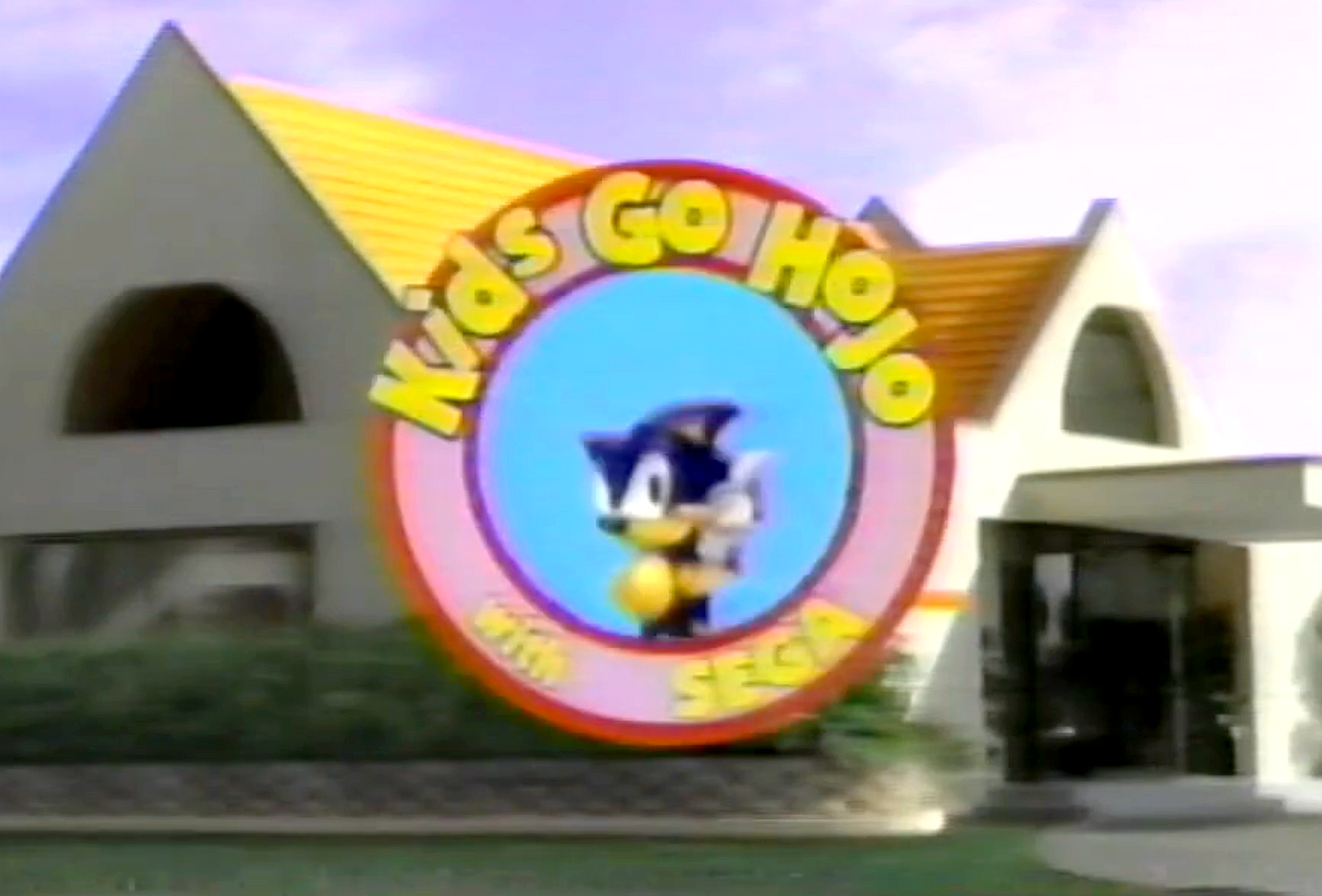
|
| Lawsuits | Miscellaneous | A list of notable lawsuits involving Sega, such as the famous Sega Enterprises Ltd. v. Accolade, Inc. | 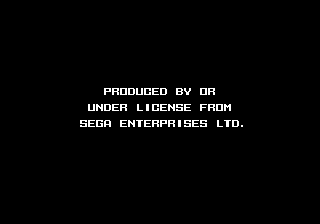
|
| References to Sega | Miscellaneous | References to Sega found in television shows, movies, and even other video games. As a major force in the game industry and a symbol of early 90s pop culture, Sega's presence could be felt nearly everywhere, both during its heyday and through its lasting legacy, and over the years a large number of official and unofficial references to Sega have been produced. | 
|
| References to Sonic | Miscellaneous | 
| |
| Rock the Rock | Miscellaneous | An American video game tournament organized by Sega of America in promotion of upcoming release of Sonic & Knuckles. Held on San Francisco's Alcatraz Island and themed around a high-stakes heist, the tournament was one of the largest and most elaborate promotions undertaken by the company, and was aired in a televised MTV special one week later. | 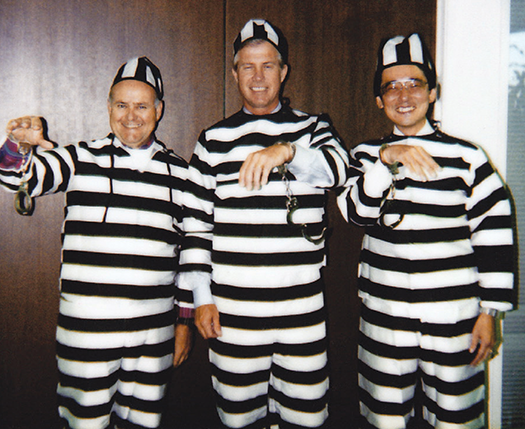
|
| Sonic the Hedgehog 3/Development/Music | Miscellaneous | 
| |
| Sonic the Hedgehog Spinball/Development | Miscellaneous | 
| |
| Sonic X-treme/Development | Miscellaneous | 
| |
| Sonic the Hedgehog (ice cream bar) | Miscellaneous | 
| |
| Stormlord/History | Miscellaneous | Frequently marketed as one of the Mega Drive's first "adult" titles, the history of Stormlord has long fascinated the gaming community, resulting in a number of misconceptions about the game's development. Thankfully, the game's lead programmer Kevin Seghetti has since provided a wealth of knowledge and insight into Stormlord's history through various interviews and statements. | 
|
| Vectorman/Development | Miscellaneous | As one of the Mega Drive's most technically impressive Western-designed video games, the development of Vectorman was one of BlueSky Software's greatest achievements on Sega's 16-bit platform, setting a new precedent for technical accomplishments and inspiring a number of fellow developers to really begin pushing the hardware's limits. | 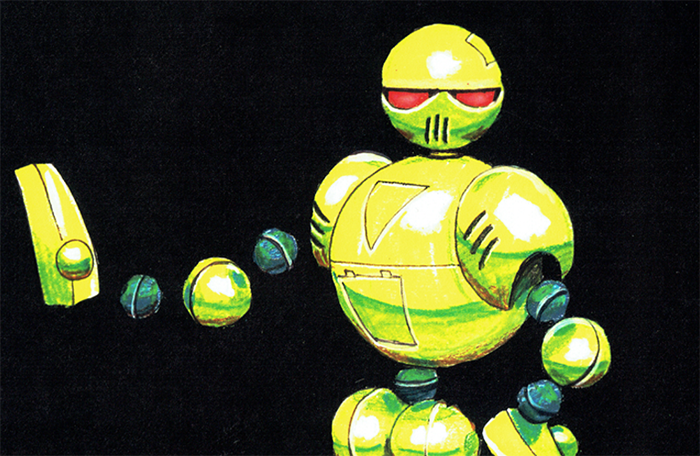
|
References
- ↑ https://www.sega-16.com/2004/08/genesis-accessory-peripheral-guide/ (Wayback Machine: 2013-10-11 18:57)
- ↑ http://sega-16.com/feature_page.php?id=5&title=Sega%20VR%3A%20Great%20Idea%20or%20Wishful%20Thinking%3F (Wayback Machine: 2010-01-14 19:13)
- ↑ 3.0 3.1 3.2 GamePro, "April 1992" (US; 1992-xx-xx), page 16
- ↑ Mega Play, "January 1993" (US; 199x-xx-xx), page 20
- ↑ Electronic Gaming Monthly, "November 1992" (US; 1992-xx-xx), page 50
- ↑ Electronic Gaming Monthly, "1993 Video Game Buyer's Guide" (US; 199x-xx-xx), page 74-75
- ↑ File:I-d-magazine-may-1993-2-.pdf
- ↑ http://www.lostlevels.org/200310/200310-baton.shtml (Wayback Machine: 2003-11-12 15:12)
- ↑ http://buzz.sega.jp/title_list/ (Wayback Machine: 2017-09-15 18:00)
- ↑ https://sega.jp/history/arcade/product/8722/
- ↑ http://gdri.smspower.org/wiki/index.php/System_Vision
- ↑ File:CarLicense GG JP Cart.jpg
- ↑ File:CarLicence GG Famitsu1995 693.jpg
- ↑ File:DivineSealing MD spine 1.png
- ↑ 15.0 15.1 http://sob.xxxxxxxx.jp/enter/div.htm (Wayback Machine: 2011-07-22 13:08)
- ↑ http://www.funcom.com/corporate/games.html (Wayback Machine: 1998-01-19 22:00)
- ↑ http://www.funcom.com/corporate/nightmare.html (Wayback Machine: 1998-01-19 23:05)
- ↑ http://www.funcom.com/corporate/published/nightmare.html (Wayback Machine: 2000-08-18 05:47)
- ↑ File:HistoriemOmSega2 SE Book.pdf
- ↑ 1995 Sega Product Catalog (US), page 38
- ↑ Sega Visions, "September 1995" (US; 1995-xx-xx), page 100
- ↑ Sega FY 1997 Brand Review, page 103
- ↑ http://www.sega.com/channel/now/4.html (Wayback Machine: 1997-06-05 18:45)
- ↑ Sega Channel
- ↑ Sega Channel US schedule
- ↑ Sega Channel UK schedule
- ↑ https://nightmarecircus.proboards.com/thread/2/end (Wayback Machine: 2022-01-08 08:45)
- ↑ @IsaiahVinson1 on Twitter (Wayback Machine: 2023-03-11 09:04)
- ↑ Sega Visions, "October/November 1993" (US; 1993-xx-xx), page 110
- ↑ 30.0 30.1 https://fancons.com/guests/bio/1793/christophe-tang
- ↑ http://www.ivghof.info/classes/2016/chris-tang/
- ↑ https://www.linkedin.com/pulse/esports-vs-chris-tang-steve-deluca-mba-pmp/
- ↑ https://www.strikeblazinger.com
- ↑ https://tetrisinterest.com/boom-tetris-for-jeff/
- ↑ 35.0 35.1 Interview: Christina Coffin (2011-03-10) by H. Brun
- ↑ https://www.gamedeveloper.com/audio/gdc-2014-adds-board-members-calls-for-talk-submissions (Wayback Machine: 2022-07-05 06:06)
- ↑ 37.0 37.1 37.2 37.3 https://www.linkedin.com/in/david-javelosa-a6a1171/details/experience/
- ↑ 38.0 38.1 38.2 http://javelosa.com/DJ/consulting.htm (Wayback Machine: 2022-08-16 18:34)
- ↑ https://www.facebook.com/javelosa.david/about_work_and_education
- ↑ Interview: David Javelosa (2008-07-02) by Sega-16
- ↑ 41.0 41.1 Interview: David Javelosa (2023-11-12) by Alexander Rojas
- ↑ http://javelosa.com/DJ/production.htm (Wayback Machine: 2022-12-25 00:07)
- ↑ https://www.youtube.com/watch?v=pKLKquCbzJ4 (Ghostarchive)
- ↑ https://www.facebook.com/HyperspaceCommunications/
- ↑ https://contactout.com/JamesE-Bunker-14303112
- ↑ Interview: Jamie Bunker (2021) by Retro-Bit
- ↑ https://www.youtube.com/c/GameHut/about
- ↑ https://www.youtube.com/c/CodingSecrets/about
- ↑ File:BangorDailyNews US 1990-01-17; Page 19.png
- ↑ File:SunHerald US 1990-01-18; Page 10 (B-2).png
- ↑ File:DetroitFreePress US 1990-12-13; Page 36 (3C).png
- ↑ https://blog.goo.ne.jp/nazox2016/e/d2691f40123ae387fedcc2b567659706
- ↑ Interview: Peter Morawiec (2007-04-20) by Sega-16
- ↑ 54.0 54.1 Interview: Peter Morawiec (2000-12-27) by ICEknight
- ↑ Interview: Stieg Hedlund (2006-12-15) by Sega-16
- ↑ 56.0 56.1 56.2 56.3 56.4 https://clios.com/clio_juror/nojs/1154 (Wayback Machine: 2021-07-19 00:55)
- ↑ 57.0 57.1 57.2 https://zippospeaks.blogspot.com/2021/02/sonics-30th-anniversary-and-what-to.html
- ↑ https://prabook.com/web/kenneth_james.strottman/177475 (Wayback Machine: 2021-10-26 17:10)
- ↑ http://barryparrish.com/success-stories.html (Wayback Machine: 2022-11-29 11:41)